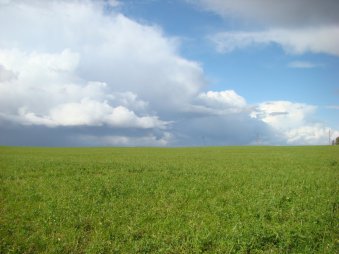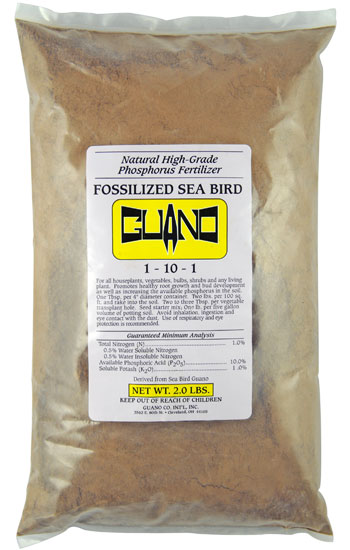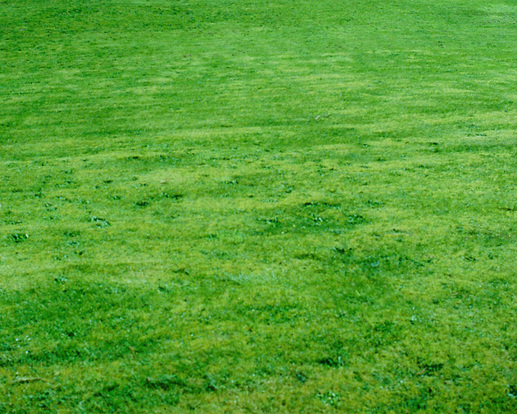 You know that smell in the air after a good rain? Or that smell that permeates the air when you dig into your garden’s soil every spring? Did you know there’s a scientific explanation for that smell? The science behind that wonderful “fresh earth” aroma is geosmin. Geosmin is an organic compound produced by a microorganism found in all soil, and it carries a distinct aroma and flavor. It’s what gives beets their earthy flavor. Sometimes if you drink water that’s been sitting out for a while, it develops a musty taste, and that, too, is caused by geosmin. Wine is known to pick up this flavor as well. The flavor produced by geosmin isn’t always a pleasant one, but the aroma it gives off is quite pleasing to the senses. So where does that smell come from, and why do we get whiffs of it after a nice heavy precipitation? It’s pretty simple: When it rains, water fills the air pockets found in the soil, and the geosmin gets expelled into the air. Sometimes you’ll even get an earthy whiff of geosmin before it rains. How, you ask? Well, a low-pressure system can de-gas the soil and put those geosmin into the air before a drop of water even hits the ground, leading many of us to say things like “It’s gonna rain; I can smell it!” Read more about geosmin from the Soil Science Society of America.
0 Comments
 Earlier this summer, residents in Toledo, Ohio and southern Michigan were given the shocking news that their tap water was dangerous– ‘do not drink, do not touch, do not boil,’ is what they were told. Talk about scary! Some people had to drive into neighboring counties to find enough bottled water to support their family through the crisis. This wasn’t a gas shortage, or a snow shovel shortage before a storm, or a Nutella shortage— those are all annoyances– but this was a serious, serious situation these residents were facing. The water in Lake Erie, scientists told us, was poisoned due to phosphorus run-off which then caused algae blooms in the shallow parts of the water. Most of this comes from neighboring farms, but if you’ve got a yard, you also need to be aware of what’s in the fertilizer you’re using. When too much phosphorus gets into bodies of water, you get these toxic algae blooms. For the most part, on smaller lakes, that means you can’t go swimming there for a few days. But when it happens in larger bodies of water– like Lake Erie– it affects our supply of drinking water. When it comes to your yard, read labels. Scott’s got rid of phosphorus from their turf builder a couple years ago, but if you use things like Miracle Gro for your flowers and fruits and vegetables, you need to be aware that you’re putting phosphorus into the environment. Plants like turf grasses don’t flower or produce large fruit, so they absolutely do not need any (or VERY little) added phosphorus. When it comes to phosphorus pollution, going the organic route is no less safe than using chemicals. You need to use things like bone meal sparingly, and if you’re using a seabird or bat guano, make sure it’s a type that’s high in nitrogen, not phosphorus. Read the labels before you buy organic fertilizers. The nutrient analysis is displayed on the product label is NPK– or Nitrogen, Phosphorus, Potassium. If your plant doesn’t flower or produce fruit, avoid the fertilizers with lots of phosphorus– the middle number on the nutrient analysis should be as close to 0 as possible, and 4 should be about as high as you go. For instance, this seabird guano is high-phosphorus, so it’s nutrient analysis is 1-10-1– one percent nitrogen, 10 percent phosphorus and one percent potassium. Avoid this for the most part, and when you do use it, use it very sparingly and make sure you don’t get any on cement or near bodies of water (ponds, streams, creeks, lakes, etc). On the other hand, this bat guano has an analysis of 8-4-1, which means it has 60% less phosphorus than the seabird guano. You should still use it sparingly, and avoid spillage onto cement or water, but it’s not nearly as toxic to the environment as the seabird stuff. At Good Sweet Earth, our Worm Compost is largely phosphorus-free. Our Bold Tomato and Dulce Rosa do contain a little high-nitrogen bat guano, so these specialty mixes do have some phosphorus (to help with rose blooms and tomato production), but it’s only a small component of the mix. So when it comes to your yard, be mindful of what you apply to your lawn and garden– reduce the amount of phosphorus fertilizer you use on your garden plants (and be careful not to spill any on your driveway, sidewalk or pavers), and DO NOT apply any phosphorus to your lawn. Every little bit helps when it comes to keeping our drinking water safe. When it comes to large farms, you can call your state and federal legislators to urge them to pass legislation to require farmers to implement best-use practices. Farm lobbyists are fighting such legislation, even after this most-recent water scare in the Toledo area, which will allow them to continue putting their own profits over public and environmental safety. And we’re not talking small family farms here– these are the large corporate-owned farms that would rather do things cheaply than safely. Some cities and counties in Michigan are taking a closer look at the dangers of phosphorus to their waterways as well. Ottawa County has already banned the use of phosphorus fertilizers. Let your local leaders you’d like to see them follow suit. For more information on what you can do to fight phosphorus pollution, get in touch with us by shooting an email to office@GoodSweetEarth.com.  Want to know the secret to having healthy, thick, lush grass in your yard? Well, aside from applying Worm Tea to your lawn instead of chemical fertilizers, I'll give you two easy organic tricks that'll help give you a healthier lawn. 1. Mow smarter. This means mowing less and setting your lawn mower to the highest setting when you do mow. The roots of your grass mirror the blades you see above-ground. If you whack your grass blades down to a half-inch or an inch every seven days, your lawn's roots will never really have the chance to penetrate the soil. Without deep roots, you'll have a weak lawn-- it won't handle foot traffic well, it will be susceptible to disease and pests, and it won't be able to handle dry conditions. Also, lose the bag on your mower. Grass clippings provide some great nutrients to your lawn. When you leave the grass mulch on your lawn, and you apply Worm Tea, the mulch serves as a food source for the microorganisms in the Tea. The microorganisms break down the mulch and release nutrients into the soil. Organic matter being broken down by bacteria, fungi and other microbes-- this is the all-natural way of providing nutrients to plants that the planet has been employing for thousands of years. No need for lab chemicals. 2. Water smarter. This means turning your sprinkler on only when necessary. Instead of watering your lawn every day for 10 minutes, water once every 7-10 days for 35-45 minutes. And if it's rained within the past 10 days, don't bother watering at all. Also, if your grass looks good, it might not even need a watering. Allowing water to go deep into your soil means your lawn's roots will follow the water deep into your soil. Those short waterings most people do mean water stays near the surface and evaporates. The roots never go very deep because the water never goes very deep. Watering in the morning is the best time. Watering after 11am means the hot sun will evaporate too much surface water, and watering in the evening promotes bad fungal growth. Also, when you turn the sprinkler on too often, it introduces more nasty chemicals to your soil-- like chlorine, which is added to water to kill bacteria. Bacteria, however, is an absolutely essential component to healthy soil. That means every time you apply water to your lawn from your hose, you're killing billions of beneficial microorganisms. Limit this by watering less frequently. Finally, the best day to water is the day before you apply Worm Tea. That way, any beneficial bacteria you kill with the tap water from your hose (which has chemicals like fluoride, chlorine, etc) will be replaced the next day. So here's an ideal scenario for mowing and watering: Day 1. Mow your lawn. Keep it at a length of 2-3 inches, and let the clippings fall onto your lawn. Day 2. Water for 35-45 minutes at around 8am. Day 3. Apply Worm Tea to your lawn to replenish the microorganisms lost with your watering and to break down the grass clippings. Day 4-8. Enjoy your lawn with friends, family and pets! Day 9. Mow, if necessary. During hot summer months in Michigan, grass goes dormant, so it's often not necessary to mow as often. Day 10. Water for 35-45 minutes. Day 11. Apply Worm Tea. Repeat! |
